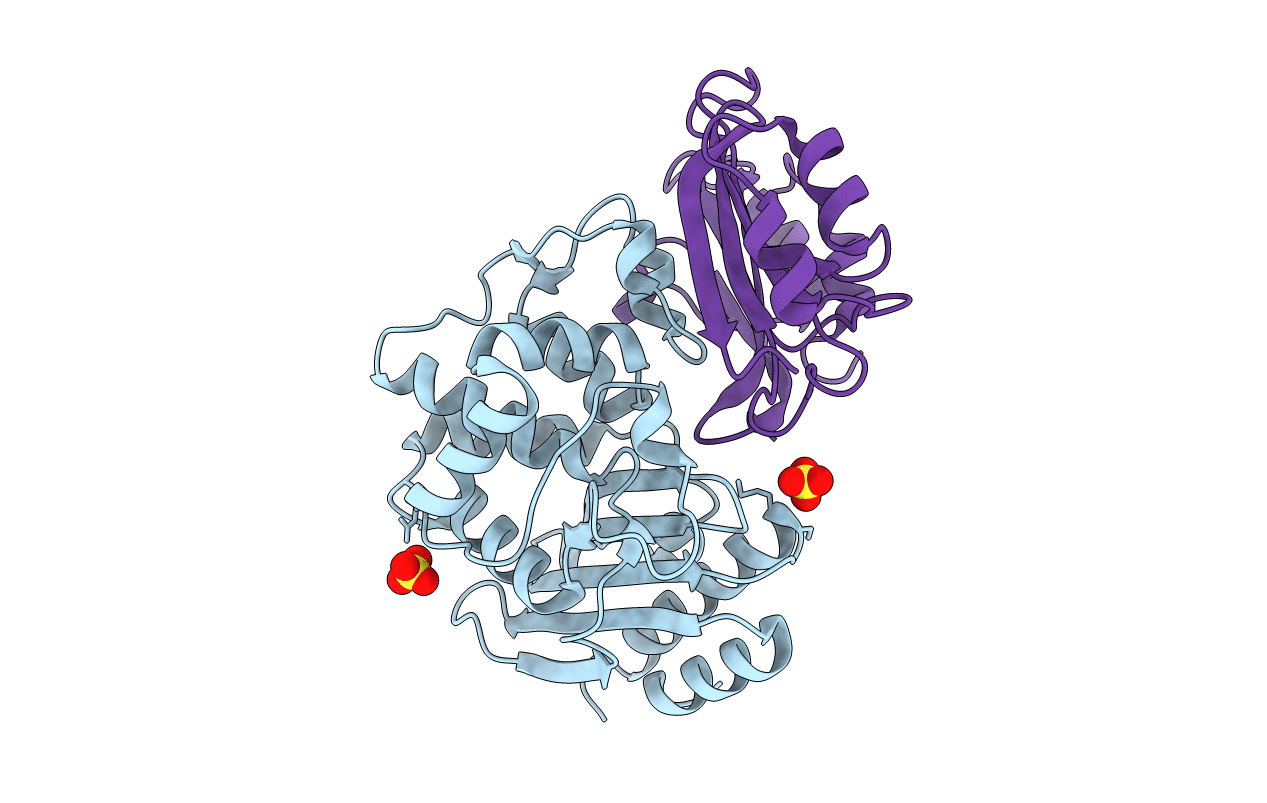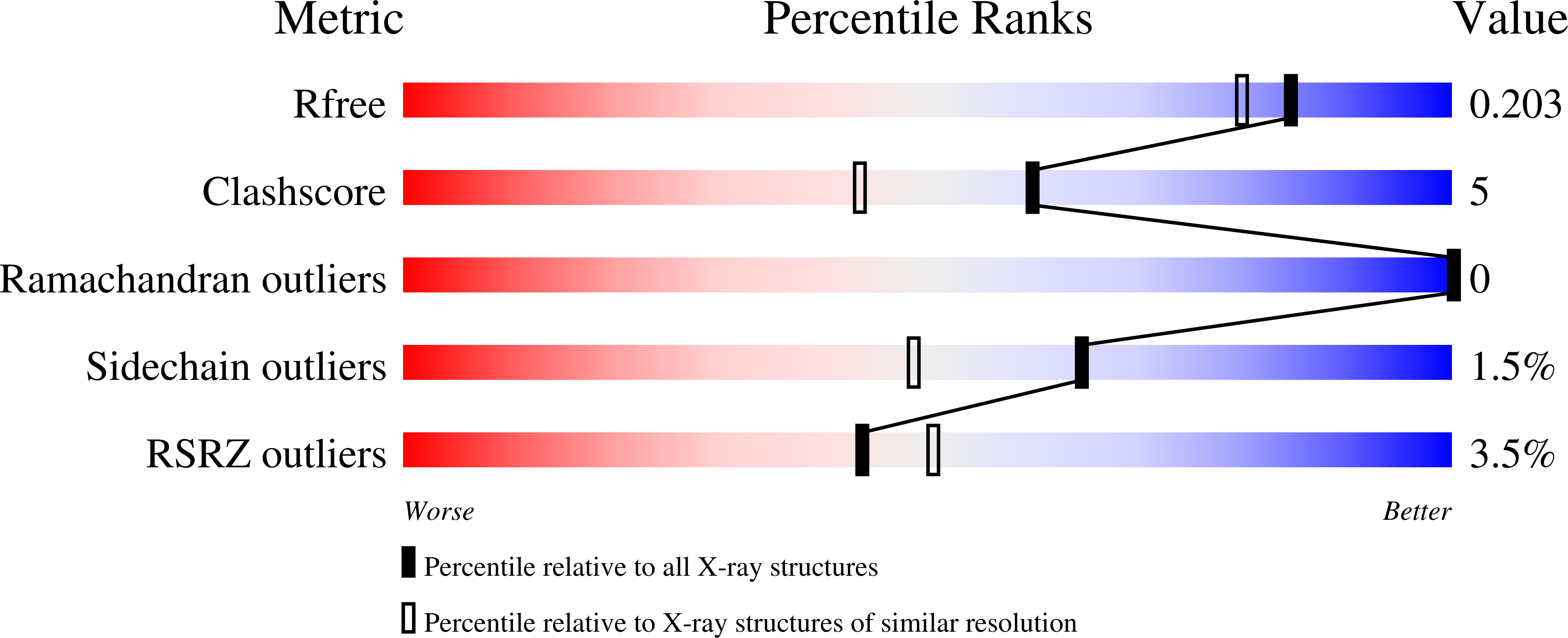
Deposition Date
2008-01-30
Release Date
2008-05-27
Last Version Date
2024-11-20
Entry Detail
PDB ID:
3C4P
Keywords:
Title:
Crystal Structure of the SHV-1 Beta-lactamase/Beta-lactamase inhibitor protein (BLIP) E73M complex
Biological Source:
Source Organism:
Klebsiella pneumoniae (Taxon ID: )
Host Organism:
Method Details:
Experimental Method:
Resolution:
1.75 Å
R-Value Free:
0.20
R-Value Work:
0.18
R-Value Observed:
0.18
Space Group:
P 63


